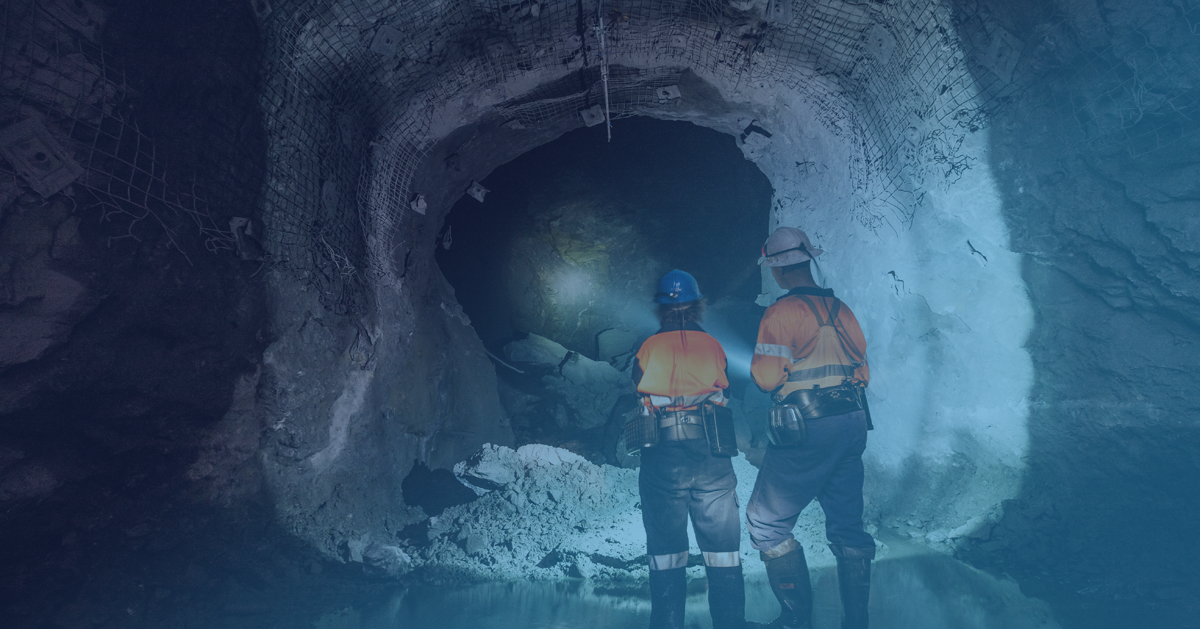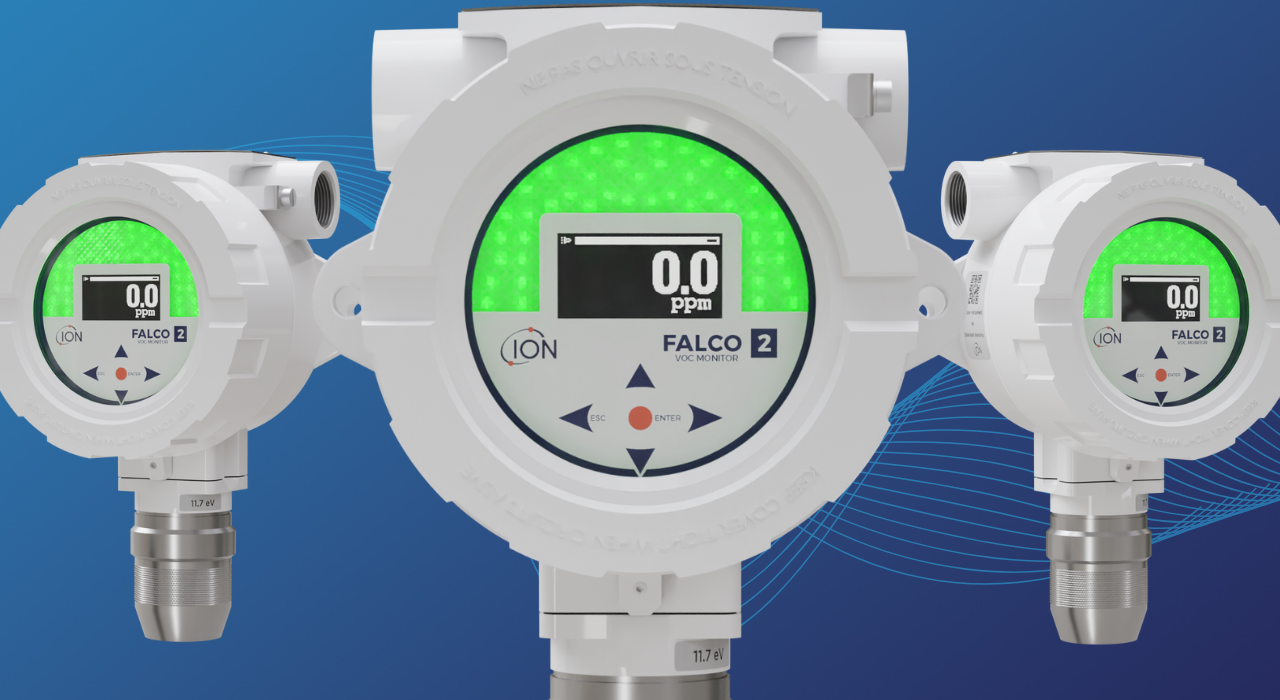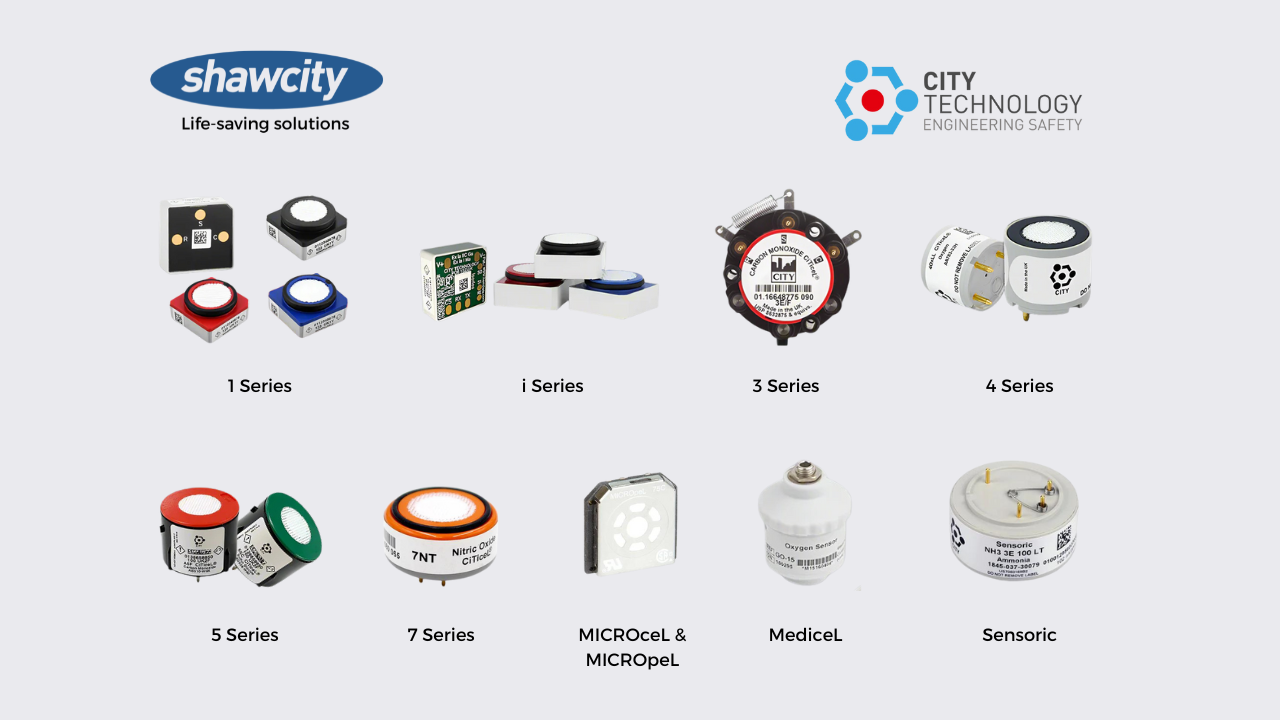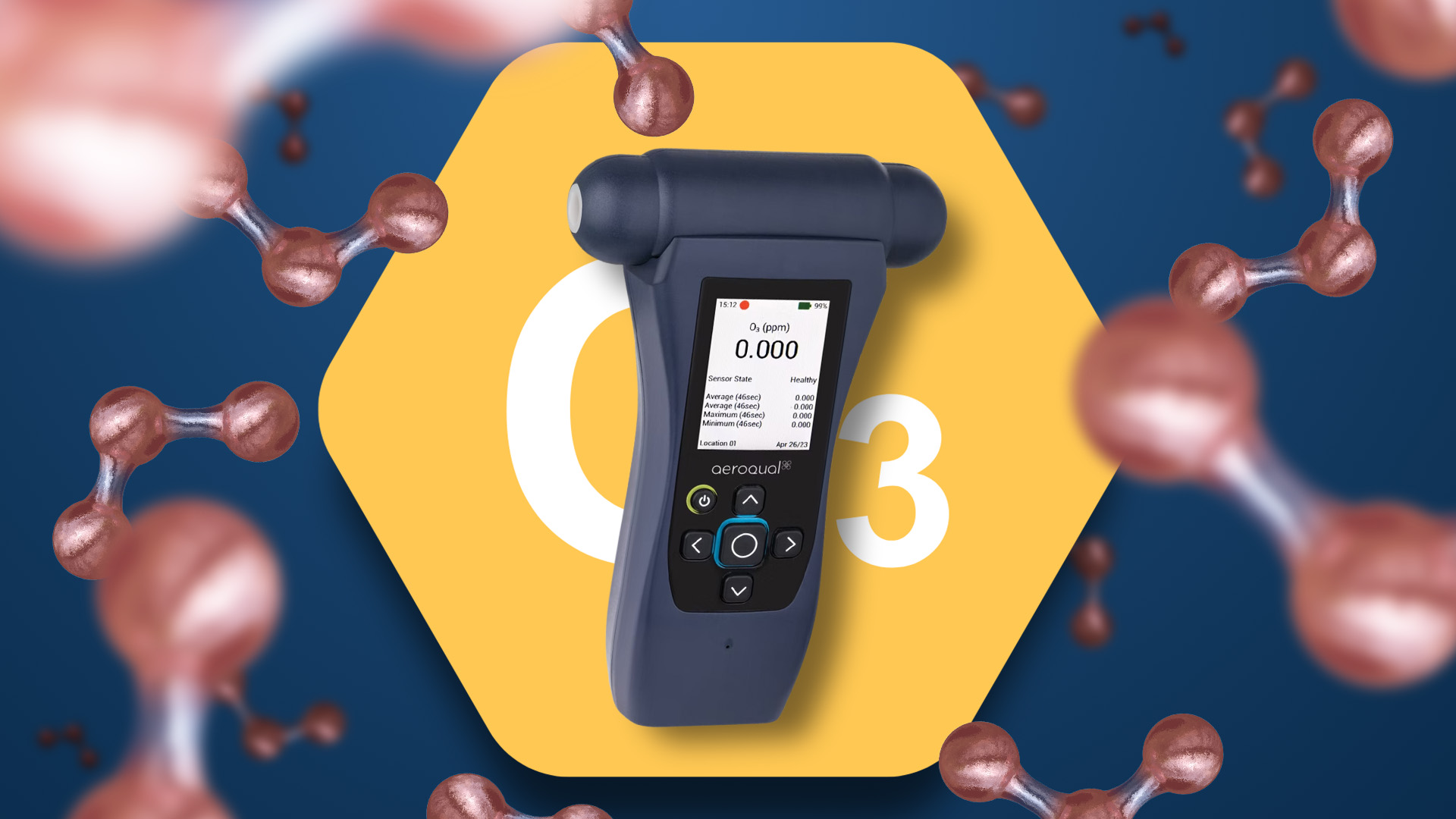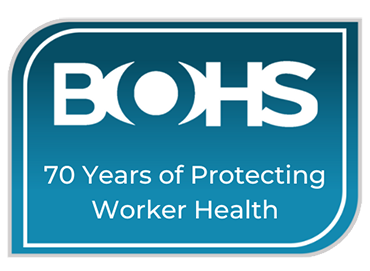In the tough environment of mining, it has never been more crucial to ensure protection against hazardous gases and materials. With potential hazards from carbon monoxide (CO), methane (CH4) and oxygen deficiency/enrichment, mining applications are rife with danger, being suitably equipped to enter these spaces and work safely is crucial.
Methane and carbon monoxide in particular pose serious risks to those in the mining business. Carbon Monoxide is a risk during the oxidation process of coal, as well as within the oxidation of wood in pit pros and gaseous methane in the mine atmosphere. If ingested, workers can suffer from the symptoms of CO poisoning, such as dizziness, weakness, upset stomach, vomiting, headaches, chest pain, and confusion. When CO levels are excessive, it might result in unconsciousness or, worse, death.
Due to its direct release during the extraction of coal, methane poses a very significant concern in mining applications. The coal removal process releases the gas which has been trapped within the coal seam and this is then distributed into the air supply, meaning it can be ingested by the workers within the mine and cause a health and safety hazard.
The basic components of mine gas, a natural product, include oxygen, nitrogen. Blasting operations used within mines can cause large volumes of carbon monoxide to occur, alongside hydrogen sulphide. Mine gas presents as both a liberated gas, in fissures, and an absorbed gas on the inner surface of coal. Because mine gas is flammable, it poses a risk when it is released during mining operations. When it mixes with the air it could cause a fire and explosive risk.
Utilising gas sensing and monitoring equipment helps mining operations to adequately ventilate spaces that could become dangerous with concentration levels of methane, with fresh air from the surface, as this dilution lessens the risk of explosion. By monitoring the methane content of the stale air that leaves the mine, the amount of fresh air let in can be appropriately controlled and keep those working within the space safe.
Over the past century, health and safety procedures in mines, particularly those involving gas detection, have changed dramatically. The use of basic methane wick wall testing, singing canaries, and flame safety has developed into the modern gas detection technologies and procedures as we know them today.
In the early days of mining, methane wick wall testing involved a worker wearing a wet blanket and carrying a burning wick. Edging along the walls of the mine, the worker would assess the presence of methane from the ignition of the wick. Relying on the sodden blanket to keep them safe, the tester was usually protected from serious harm, however sometimes large pockets of methane could cause the entire area to be engulfed in flames. The process for gas detection moved on from using humans as portable detectors once the industry recognised the inherent danger in this method.
From humans to animals, the next method for testing utilised the distinctive and noisy chirp of canaries. Recognising their similar breathing capacities as humans, alongside their audibility, workers carried the birds in cages with them through the mines throughout the day. If the bird stopped singing or started to convulse, the team knew that methane was present, and they needed to evacuate the area.
Although innovative, this approach was not always reliable and could not indicate which gas was present. Ever since, flame safety lamps symbolised the first gas detection device which didn’t involve a human or an animal. Invented by Sir Humphrey Davy in 1815, the first gas detection device was The Davy Lamp, utilising an oil flame which could be altered to certain heights to refresh the air in the space.
The flame was held within a wire gauze sleeve which contained the flame and absorbed heat. This method ensured the flame did not ignite the methane and the miners always started the flame in an area where fresh air was abundant. If the flame lowered or began to die out, oxygen was deficient. If the flame went higher, both methane and oxygen were present. This ingenious method of detection is still used in many industries today.
To ensure the safety of those working within these dangerous environments, compliance to legal safety regulations is required. The Mines Regulations 2014 are the reference point for health and safety in mines in Great Britain.
Although compliance with legal requirements is paramount within the mining sector, there is also an onus on the owners and managers within businesses in the sector to ensure safety processes are in place. This is basically commercial accountability and relates to the way in which businesses ensure the ongoing safety of their workers.
As mining operations are wide-spanning, appropriate research is required to ensure the correct type of detection equipment is utilised, whether fixed or portable, within each environment to make sure gas levels are accurately monitored.
There are a range of fixed and portable solutions that mining operations can implement to detect the concentration of gases within the atmosphere.
Fixed gas monitors provide constant readings from a specific location and therefore can be implemented throughout a mine site or building for a cross section of monitoring reports. Site-wide warning systems offer data from several areas and can be analysed from a central control room and across the safety network. If abnormalities are detected, automatic alerts and safety measures activate to provide safety fall backs, alongside options to remotely shut down areas and isolate hazards.
Personal portable gas monitors, as the name suggests are worm or carried throughout the site as a personal device.
The most important way to significantly reduce the number of incidents of toxic gases harming human health, explosions or, in the worst-case, fatalities is to equip workers with the best in gas detection equipment and providing extensive training on the way to work with it safely.
For mining workers who are moving around, portable gas detectors will ensure they remain aware of the risks within changing environments. Crowcon’s portable range comprises T4, Gas-Pro, Clip SGD, Gasman and Detective+ all offer reliable detection capacities for a variety of gases.
Sensitron SMART 3-G
The Sensitron SMART 3-G fixed gas detector is specifically designed for use within mines and tunnels to detect the presence of flammable and toxic gases in areas classified as Group I. It is SIL2 approved and ATEX certified to ensure EHSR and performance. The detector has non-intrusive calibration, a 5-mode status LED and high visibility multi-colour LED light ring.
For ease of use, the detector has easy sensor replacement and uses pellistor, infrared and electrochemical cells depending on the gas being detected. The system includes PL4+, MULTISCAN++S1 and S2. All control panels are ATEX certified according to EN 60079-29-1 available with 8, 32, 64 128 e 256 channels.
Shawcity Solution
Shawcity, in partnership with Crowcon, offer gas detection solutions specifically tailored to the mining industry. An UK pioneer in gas detection, we have more than 45 years of experience and are known as the "go-to" company in the sector for bespoke solutions.
We provide a complete gas detection service from site survey, system design, installation, commissioning and maintenance. Shawcity will carry out a free site visit and survey of your existing system (applying gas if necessary) to ensure it is fully operational and performing as required.
Service plan options for ongoing maintenance are also available, including site visit reports, call-outs, maintenance visits, unlimited remote support, parts discounts, preferential labour rates and breakdown call-outs.
Contact us to discuss your options or to arrange your free site survey:
Telephone: 01367 899553
solutions@shawcity.co.uk
For further information, visit our Fixed Gas Detection web section here.
